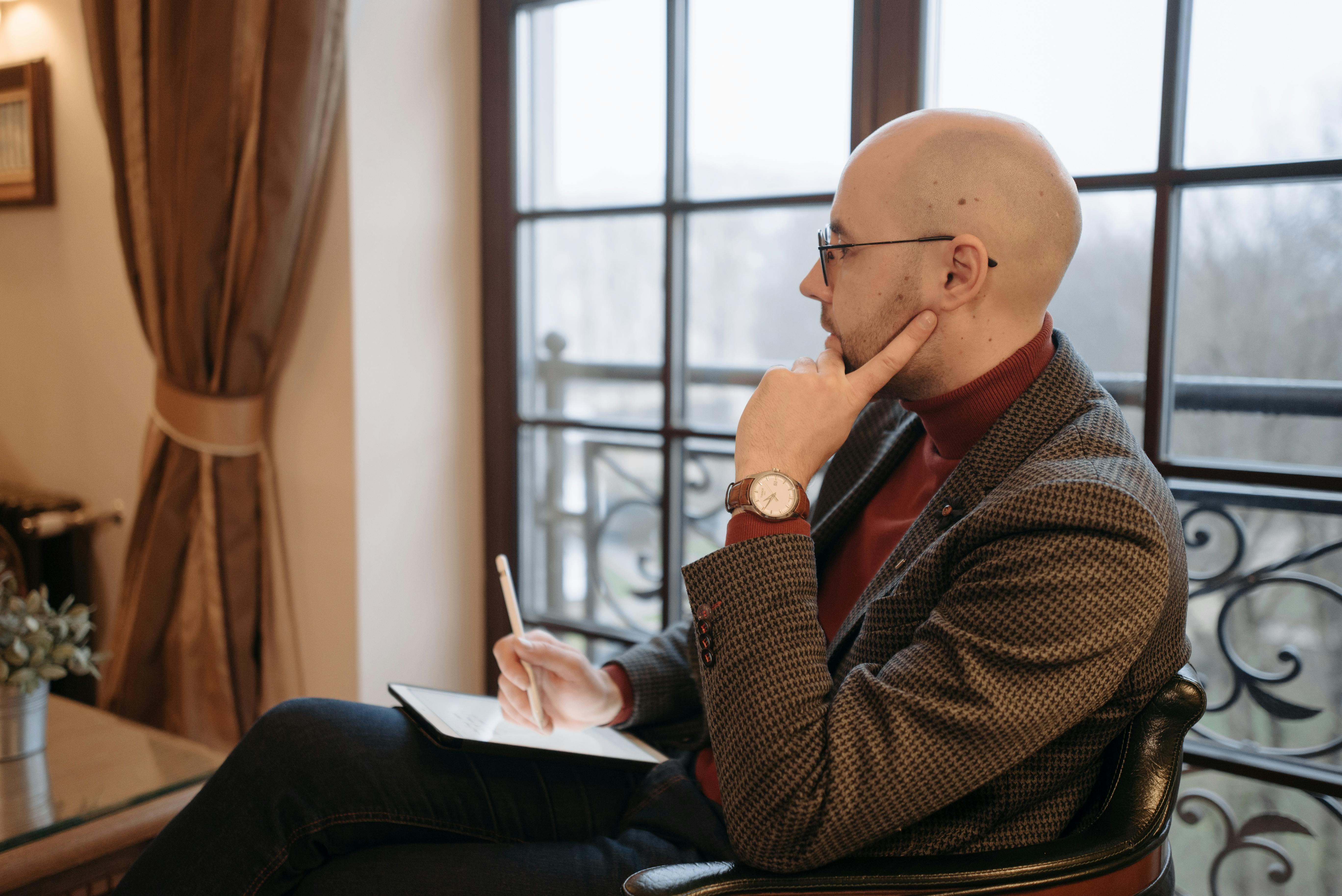How important is it to teach your child how to cut at such a young age? The use of scissors requires and enhances many developmental tasks. Some parents have stated that their child is “too small to cut.” A child who is following the developmentally appropriate path should start cutting at the age of 2 years.
There are several developmental skills that a child is learning at a young age. Cutting allows the child to develop the small muscles in the palm of his hand, since he has to continually open and close his hand. These muscles are also used when the child is writing/painting or grasping something with a grip. For example, a child needs to grab a toothbrush, spoon, or fork and pull up his pants every day.
Cutting also improves the use of hand-eye coordination. This means that the child must be able to use her vision, process what he sees, and then be able to move his hand while he looks at something. This can be a difficult task because it requires the brain to work with two systems. However, hand-eye coordination is used throughout your child’s day. It is used when your child catches or throws a ball, uses a spoon to scoop up the food he wants, and zips up his coat.
Cutting also encourages your child to use bilateral coordination. This means that your son can use both sides of her body at the same time. For example, when cutting a circle, a child must hold the paper in one hand (and continually rotate it) while with the other hand he opens and closes the scissors and moves forward to cut. You may need to try this to understand the true meaning. Bilateral coordination (using both hands while each does something different) is used throughout everyday life. For example, it can be used when zipping up a coat or pants, doing the dishes, opening an envelope, and driving.
Think of all the little things you do every day and how you constantly use the small muscles in your hand, hand-eye coordination, and bilateral coordination. See “Smart Scissors Tips Part 2” to learn techniques on how to facilitate this skill.
